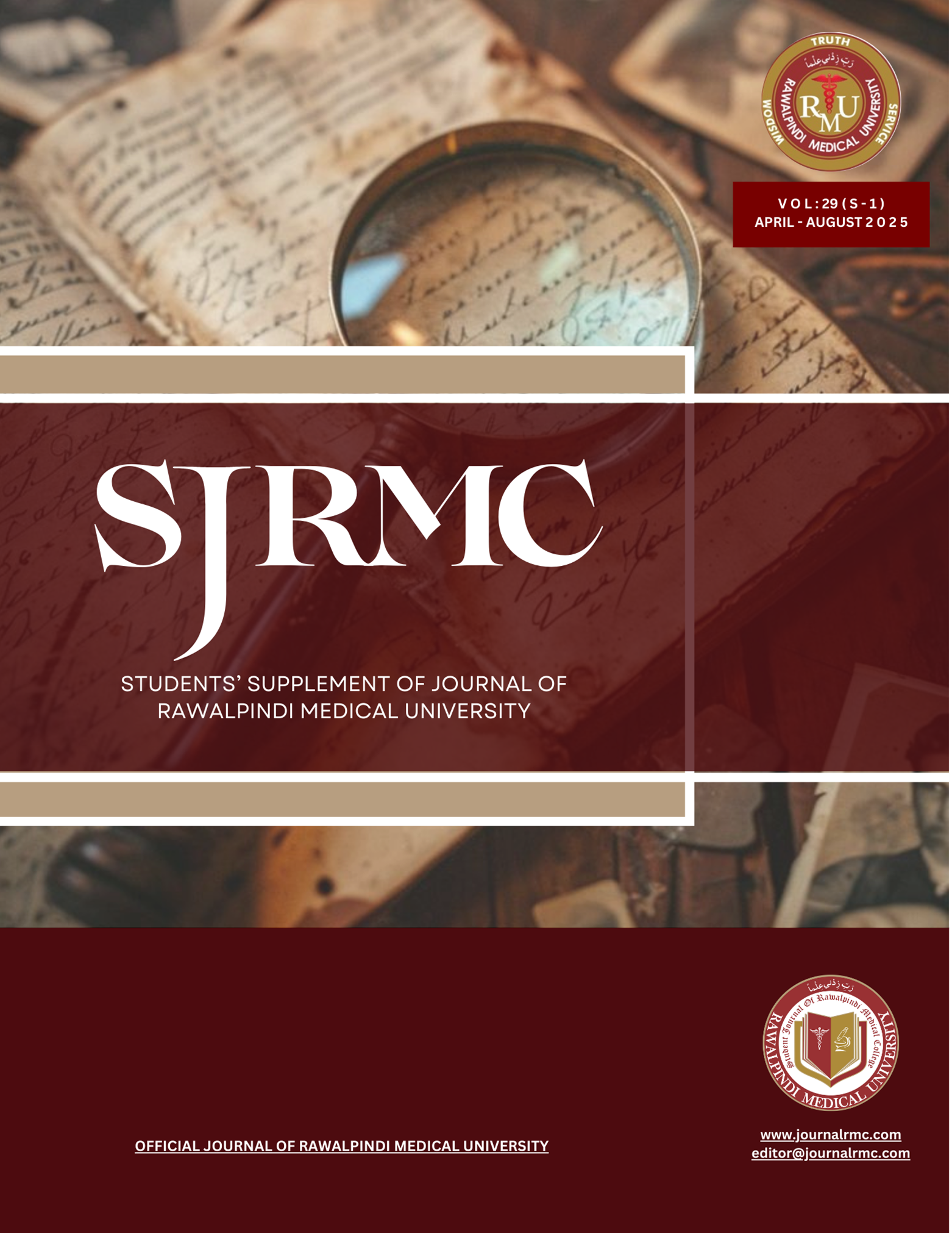Abstract
Background and Objectives: Neurodegenerative disorders such as Alzheimer’s disease (AD) and Parkinson’s disease (PD) involve blood–brain barrier (BBB) dysfunction and immune-driven fibrosis, which contribute to neuronal injury and cognitive decline. This study used machine-learning (ML) deconvolution to examine immune and fibrotic signatures at the BBB, aiming to identify biomarkers and therapeutic targets for neurodegeneration.
Methods: Transcriptomic data from brain endothelial cells, cerebrospinal fluid, and peripheral blood of AD and PD patients were analyzed using ML deconvolution algorithms (CIBERSORTx and single-cell RNA sequencing). Immune subsets and fibrotic gene expression were quantified and integrated with clinical profiles. Clustering and predictive modelling identified immune-fibrotic subtypes, and biomarker findings were validated in external datasets with pathway-enrichment analyses.
Results: ML analysis revealed increased macrophages and activated endothelial cells expressing TGF-β, collagen I, and fibronectin at the BBB in both AD and PD. Peripheral monocytes migrated into the CNS, promoting fibrosis. High TGF-β signaling correlated with greater cognitive decline. Two subtypes emerged: (1) an inflammation-dominant subtype with elevated IL-6, TNF-α, marked BBB disruption, and rapid disease progression; and (2) a fibrosis-dominant subtype characterized by excessive collagen deposition, reduced BBB permeability, slower progression, and higher treatment resistance.
Conclusion: Machine-learning deconvolution highlights distinct immune and fibrotic alterations at the BBB in AD and PD. The inflammation-dominant subtype shows accelerated BBB breakdown and cognitive decline, whereas the fibrosis-dominant subtype exhibits slower progression but greater therapy resistance. These findings support the development of personalized, subtype-specific treatment strategies for neurodegenerative diseases.

